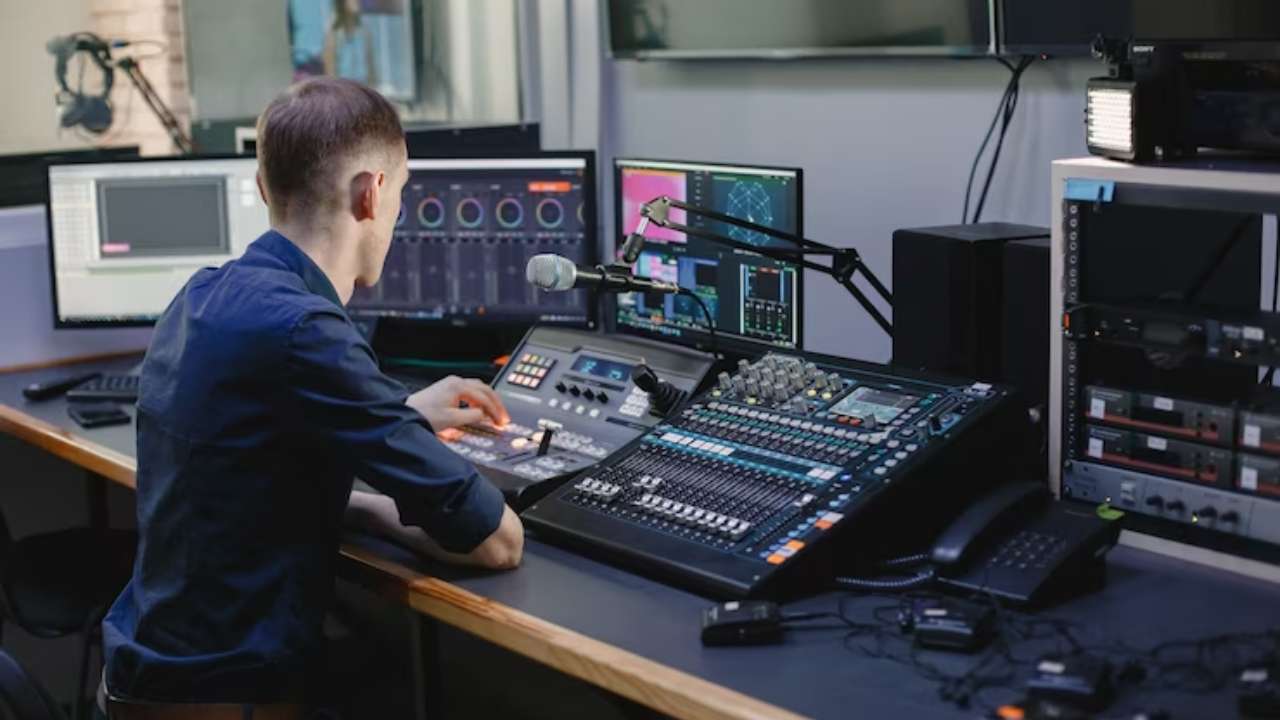A Pro Guide For How To Set Up the Ideal Surveillance System to Fulfill Your Safety Requirements
When it pertains to ensuring safety and security, choosing the right CCTV setup is essential. CCTV video (CCTV) setups are commonly utilized for monitoring in different environments, such as homes, businesses, and public areas. These setups help monitor activities, discourage crime, and offer valuable evidence in case of occurrences. Understanding the different components and characteristics of CCTV setups can aid individuals and entities formulate informed decisions that most satisfy their security needs.One of the first considerations when choosing a CCTV system is the type of cameras required. There are several varieties of cameras on the market, including dome cameras, projectile devices, and PTZ (pan-tilt-zoom) devices. Bulb devices are often used for indoor monitoring due to their subtle appearance, while projectile devices are more noticeable and are generally used externally. PTZ devices provide the capability to magnify in on specific areas and can be operated from a distance. Assessing the particular surroundings and the areas that require surveillance will help decide which kind of device is best appropriate.
Another crucial factor to consider is the clarity of the cameras. Higher clarity devices provide sharper images, which can be critical for recognizing individuals or details in a scene. Common clarities consist of standard definition (SD), high definition (HD), and superior resolution (UHD). While increased resolution cameras may come at a higher cost, they can significantly improve the effectiveness of a monitoring setup. It is also important to take into account the illumination circumstances in the area being monitored, as some cameras are better suited to handle low-light situations than alternative options.
Storage options are also a key component of CCTV setups. Footage recordings can consume up a substantial amount of space, so it is crucial to choose a system with adequate storage capacity. Many systems offer online options, which enables for off-site retrieval to footage and can provide extra safeguarding in the event of burglary or destruction to the physical storage. Alternatively, local storage, such as digital footage devices (DVRs) or network video devices (NVRs), can be employed. Understanding the capacity requirements based on the number of devices and the desired retention period for footage is vital for efficient monitoring.
Finally, the installation and maintenance of the CCTV setup should not be overlooked. Expert installation can guarantee that cameras are placed in ideal spots for maximum coverage. Additionally, regular maintenance is essential to keep the setup functioning effectively. This entails checking camera angles, wiping optics, and ensuring that software is current. Some setups also provide off-site monitoring features, allowing users to view real-time recordings from their mobile devices or computers. This feature can provide peace of mind and enhance the general effectiveness of the security setup.

In conclusion, choosing the perfect CCTV setup involves careful evaluation of multiple aspects, such as device types, resolution, storage options, and installation. By understanding these components, individuals and entities can select a setup that efficiently meets their security needs. A thoughtfully designed CCTV setup not Web Site only assists deter crime but also provides important proof when necessary, rendering it an essential investment for safety and safeguarding.